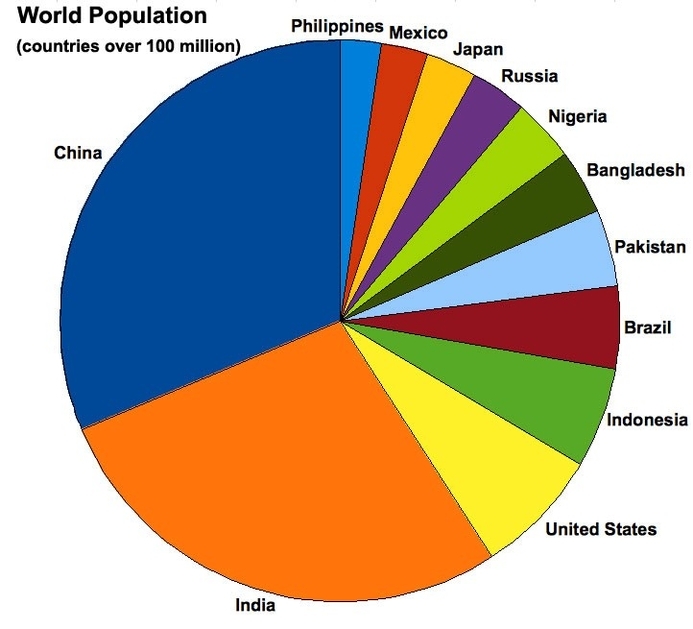
The current world population is 8,082,809,575 as of Thursday, January 4, 2024 according to the most recent United Nations estimates. The world population has been growing at an unprecedented rate since the 18th century. It took more than 200,000 years for the world population to reach 1 billion, but only 200 years to reach 7 billion. The population growth rate has been slowing down in recent years, but the world population is still expected to reach 9.15 billion by 2050.
The population growth rate varies significantly across different regions and countries. The population growth rate is highest in low-income countries, where the fertility rate is high and access to family planning is limited. The top 20 countries with the highest population are India, China, the United States, Indonesia, Pakistan, Nigeria, Brazil, Bangladesh, Russia, Mexico, Ethiopia, Japan, the Philippines, Egypt, the Democratic Republic of the Congo, Vietnam, Iran, Turkey, Germany, and Thailand. The population density also varies significantly across different regions and countries. The most densely populated country is Monaco, with a population density of 26,337 people per square kilometer, while the least densely populated country is Greenland, with a population density of 0.03 people per square kilometer.
The world population growth rate has significant implications for the environment, economy, and society. The increasing demand for food, water, energy, and other resources is putting a strain on the planet’s natural resources. The increasing population also leads to urbanization, which can cause environmental degradation, social inequality, and other problems. The population growth rate also has significant implications for the economy. The increasing population can lead to economic growth, but it can also lead to unemployment, poverty, and other problems.
In conclusion, the world population is growing at an unprecedented rate, and it is expected to reach 9.15 billion by 2050. The population growth rate varies significantly across different regions and countries, and it has significant implications for the environment, economy, and society. It is important to address the challenges posed by the increasing population growth rate to ensure a sustainable future for the planet and its inhabitants.
: [Worldometer](https://www.worldometers.info/world-population/)
: [Wikipedia](https://en.wikipedia.org/wiki/Demographics_of_the_world).
